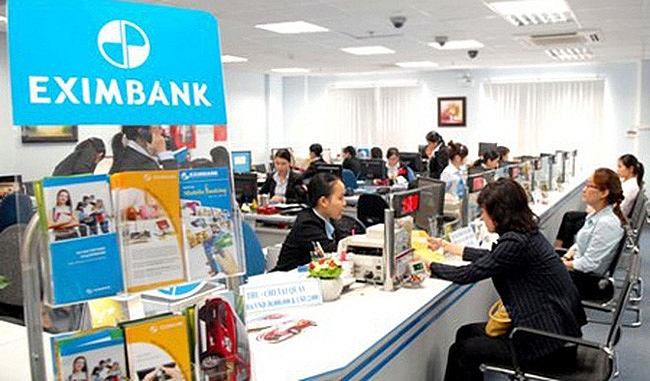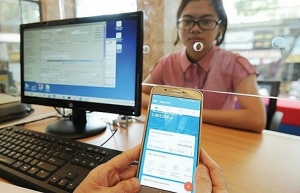Eximbank: Back to the fingerprint business
Notably, the Ho Chi Minh City-based lender also requires all authorisation letters and related documents to be scanned and stored on its core banking system.
As part of an attempt to minimise the risk of fraud and enhance security, Eximbank said that it will apply a raft of measures including the rotation of staff and strengthening internal controls.
 |
| Eximbank is bringing back fingerprint identification to regain customers' trust |
In particular, the bank will rotate its clerks and supervisors within the branch and transaction office. To a larger extent, Eximbank looks to rotate supervisors between branches and transactions offices in the same area and leaders or managers between units and departments.
What is more, the bank will set up a ‘mobile’ director mechanism to temporarily replace branch directors for a certain period in a bid to identify and rectify any errors made by the branch.
While Eximbank might be the first among the local bank community to impose measures to enhance its operations and regain the trust of its clients, foreign banks have been using advanced technology for a few years now to improve their customer experience.
For instance, back in 2016 Citi introduced its Touch ID, a technology that uses customers’ fingerprint for verification when conducting business on their smartphones. According to Citi, its customers no longer need to memorise their username and password—they simply use their fingerprint to reduce fraud and enhance usability.
What the stars mean:
★ Poor ★ ★ Promising ★★★ Good ★★★★ Very good ★★★★★ Exceptional
Themes: Bank Scandals
Related Contents
Latest News
More News
- Banks join forces to support infrastructure and technology investments (April 11, 2025 | 13:31)
- ACB targets 16 per cent credit growth in 2025 (April 11, 2025 | 08:00)
- Minister of Finance Nguyen Van Thang highlights finance and trade issues at AFMGM 12 (April 10, 2025 | 17:05)
- UOB committed to Vietnam with fresh capital and new headquarters (April 09, 2025 | 15:51)
- Exchange rates react sharply to US tariffs (April 09, 2025 | 09:41)
- Gold skyrockets on back of tariff barrage (April 09, 2025 | 09:18)
- World Bank to help SBV build shared database for banking industry (April 09, 2025 | 08:55)
- Exchange-traded funds appealing for digital assets (April 09, 2025 | 08:00)
- Vietnam to seek US tariff postponement to serve negotiations (April 08, 2025 | 16:09)
- Vietnam strives to alleviate US tariff plan (April 08, 2025 | 10:21)









 Tag:
Tag:




















 Mobile Version
Mobile Version